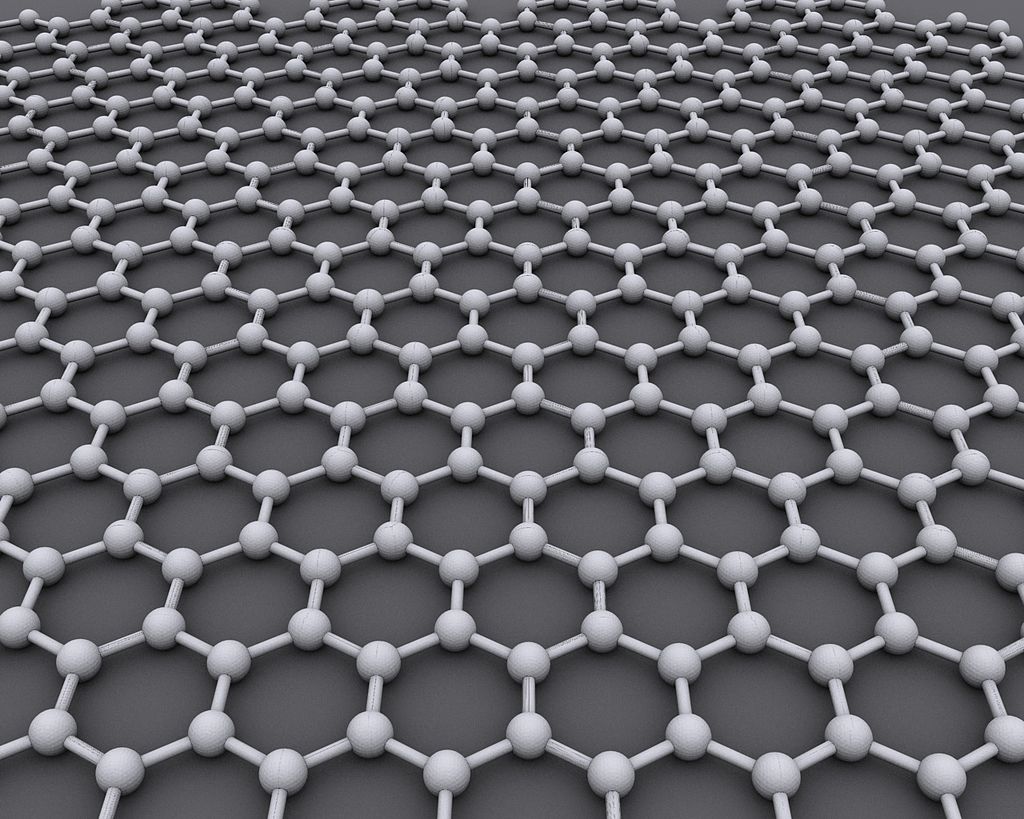A research group at the Massachusetts Institute of Technology (MIT) has created an ultrathin graphene sheet with thickness of less than a nanometer, which can be applied to the development of special transparent electrodes for organic solar cells.
The scientists claim that the transferred graphene using their approach has replaced commonly used indium tin oxide (ITO) and enabled the manufacturing of ultra‐lightweight and air-stable organic solar cells with efficiency of 5.86%. “Graphene, a form of pure carbon whose atoms are arranged in a flat hexagonal array, has extremely good electrical and mechanical properties, yet it is vanishingly thin, physically flexible, and made from an abundant, inexpensive material,” the academics explained.
“In this work, we not only developed the roll-to-roll transfer process of the graphene using CVD-parylene, which resulted in higher conductivity in larger area, but also employed parylene as an ultra-thin substrate simultaneously for the fabrication of air-stable organic photovoltaics.” Mohammad Mahdi Tavakoli told pv magazine. “Interface engineering is a great method to improve the quality of the transferred graphene and reduce its number of defects.”
The group used a roll‐to‐roll transfer technique for the release of the graphene from its native copper substrate. In this process, a layer of parylene, which is one of the most common polymers used as moisture and dielectric barrier, was deposited on graphene/copper (Cu) foils grown by chemical vapor deposition (CVD).”In order to transfer graphene directly on polymeric flexible substrates and reduce the occurrence of breaks, tears, film damage, a lamination process between graphene and the flexible polymer substrate is advantageous,” the scientists said.
The compound was then laminated onto ethylene vinyl acetate (EVA) and poly(ethylene terephthalate). “Now we are able to reliably manufacture large-area graphene sheets, transfer them onto whatever substrate we want, and the way we transfer them does not affect the electrical and mechanical properties of the pristine graphene,” explained research co-author, Giovanni Azzellino.
The newly formed graphene layer based on parylene, which the scientists said is conforming at the atomic level to the graphene sheets on which it is deployed, was applied to one of the two electrodes of a solar cell, while another parylene layer was used as a device substrate. The optical transmittance of the cell was around 90% for the graphene film under visible light. “The prototyped graphene-based solar cell improves by roughly 36 times the delivered power per weight, compared to ITO-based state-of-the-art devices. It also uses 1/200 the amount of material per unit area for the transparent electrode,” the researchers stated.
“The graphene and the parylene films are always face-to-face,” Azzellino added. “So basically, the doping action is always there, and therefore the advantage is permanent.”
Graphene can transport a charge much faster than most other materials due to its high mobility, which would make it an excellent electrode for thin film solar cells. However, it is still being held back by its extremely short carrier lifetime of the active layer in the device, which means that electrons excited by sunlight only remain mobile for one picosecond – one millionth of a millionth of a second.
Researchers from two Italian institutions recently claimed to have developed a two-terminal tandem perovskite-silicon solar cell with a conversion efficiency of more than 26%
This content is protected by copyright and may not be reused. If you want to cooperate with us and would like to reuse some of our content, please contact: editors@pv-magazine.com.




By submitting this form you agree to pv magazine using your data for the purposes of publishing your comment.
Your personal data will only be disclosed or otherwise transmitted to third parties for the purposes of spam filtering or if this is necessary for technical maintenance of the website. Any other transfer to third parties will not take place unless this is justified on the basis of applicable data protection regulations or if pv magazine is legally obliged to do so.
You may revoke this consent at any time with effect for the future, in which case your personal data will be deleted immediately. Otherwise, your data will be deleted if pv magazine has processed your request or the purpose of data storage is fulfilled.
Further information on data privacy can be found in our Data Protection Policy.